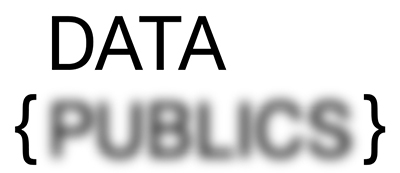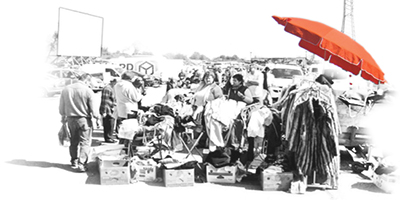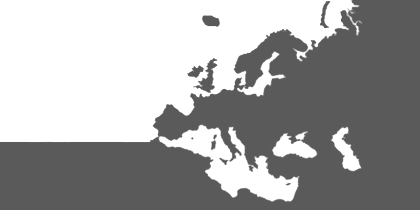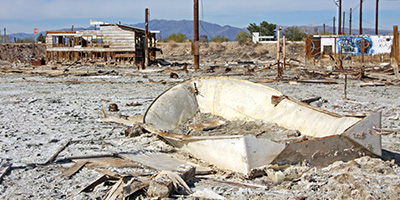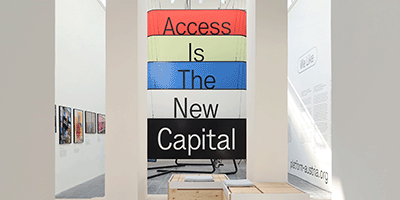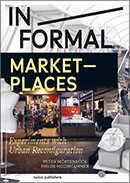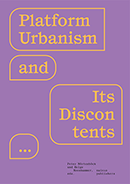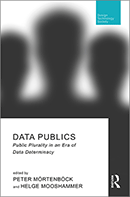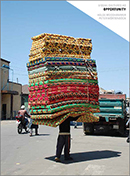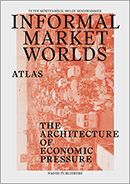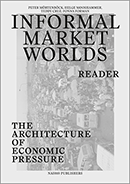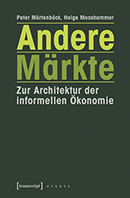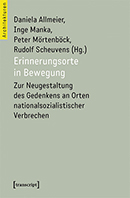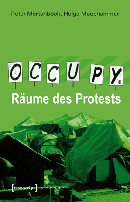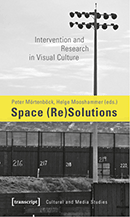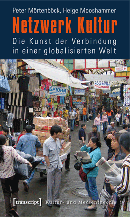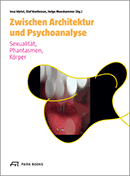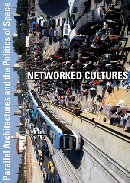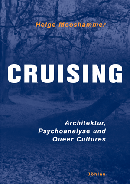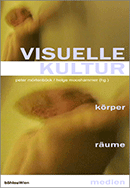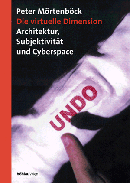RESEARCH
DATA PUBLICS
-
Public plurality in an era
of data determinacy
OTHER MARKETS
--
Mapping typologies and conditions of informality:
How informal markets intersect with global governance
NETWORKED CULTURES
--
The struggle for new forms of artistic practice in an era of global deregulation
WORLD OF MATTER
--
An ecological view on resource politics
SEA OF MARBLE
--
Looking out to the sea: A navigational convergence on the imaginary and the realities of the sea
EXHIBITIONS
La Biennale di Venezia - 17th International Architecture Exhibition 2021
XX Architecture and Urbanism Biennial - Chile 2017
Ephemeral Urbanism
World of Matter
@ HMKV Dortmund
@ James Gallery New York
@ Ellen Gallery Montreal
@ Nash Gallery Minnesota
Networked Cultures -
documentary
Gunners & Runners
Trading Places
Networked Cultures
Gone City
Temporary Zones
Operation Desert
You'll Never Walk Alone
DATA PUBLICS
Public Plurality in an Era of Data Determinacy
Peter Mörtenböck and Helge Mooshammer (eds)
London and New York: Routledge 2020, ISBN 978-0-367-18472-8
Routledge Research in Design, Technology and Society series
www.routledge.com
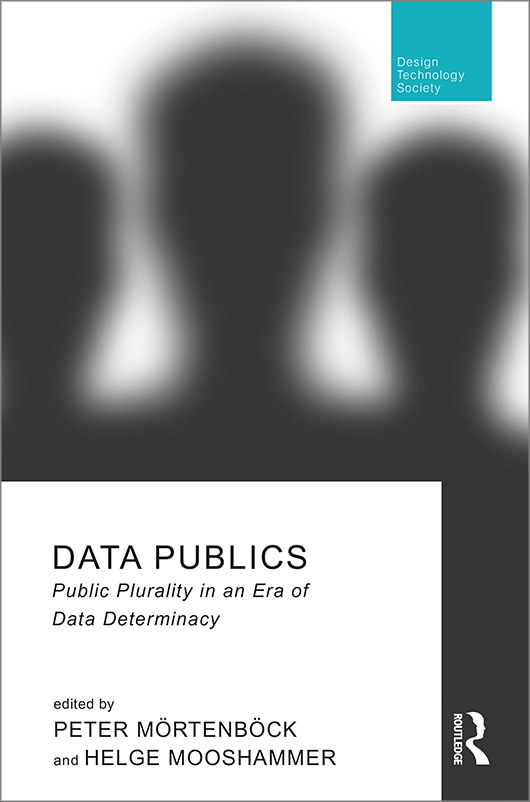 |
Data has emerged as a key component that determines how interactions across the world are structured, mediated and represented. This book examines these new data publics and the areas in which they become operative, via analysis of politics, geographies, environments and social media platforms. By claiming to offer a mechanism to translate every conceivable occurrence into an abstract code that can be endlessly manipulated, digitally processed data has caused conventional reference systems which hinge on our ability to mark points of origin, to rapidly implode. Authors from a range of disciplines provide insights into such a political economy of data capitalism; the political possibilities of techno-logics beyond data appropriation and data refusal; questions of visual, spatial and geographical organization; emergent ways of life and the environments that sustain them; and the current challenges of data publics, which is explored via case studies of three of the most influential platforms in the social media economy today: Facebook, Instagram and Whatsapp. |
||
CONTENTS (selected chapters available as PDF)
Introduction
Peter Mörtenböck and Helge Mooshammer
Section One: Politics
Chapter One: In Praise of Plasticity
Matthew Fuller
Chapter Two: Data Capitalism, Sociogenic Prediction and Recursive Indeterminacies
Luciana Parisi and Ezekiel Dixon-Román
Chapter Three: Emotariat Accelerationism and the Republic of Data
Ignacio Valero
Section Two: Environments
Chapter Four: Unearthly Domain: the enigmatic data publics of satellites
Stephen Graham
Chapter Five: Sensing Air and Creaturing Data
Jennifer Gabrys
Chapter Six: Offsite: data, materiality, landscape, compression
Benj Gerdes
Chapter Seven: Fracking Sociality: architecture, real estate and the internet’s new urbanism
Louis Moreno
Section Three: Platforms
Chapter Eight: City-Making in the Age of Platforms
Peter Mörtenböck and Helge Mooshammer
Chapter Nine: The Aesthetic Society
Lev Manovich
Chapter Ten: Publics or Post-Publics? Contemporary expression after the mobile Phone
Ravi Sundaram
BOOKS
